India is a melting pot of civilizations! In other words, India can be most perfectly described as a ‘laboratory’ of a multitude of social challenges and opportunities. Because of the variety in almost anything ‘Indian’ one can think of so to speak, the possibilities in terms of social innovations and experimentations are endless, and the reasons of the same may be even more in number, a few of which come to mind almost instantaneously:
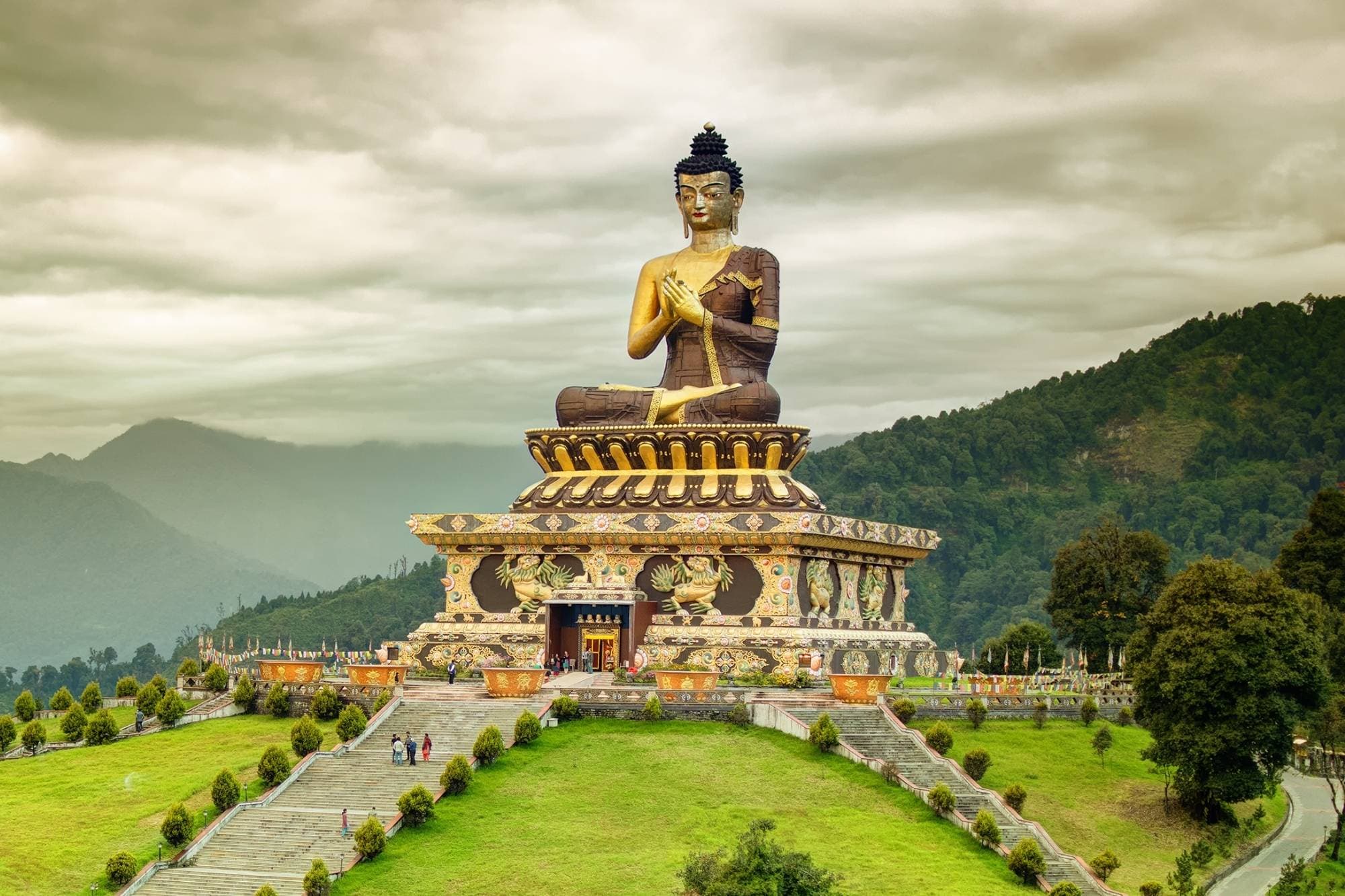
INDIA IS A CAULDRON OF CULTURAL DIVERSITY.
Ask any Indian about it and you will get to hear exactly the same thing over and over again! India has more than two thousand ethnic and tribal groups (Punjabi, Gujarati, Bengali, Assamese, Kannadiga, Malayali to name only a few), that have come into existence because of a lengthy and involved process of migration and intermarriage. It is also home to all the major religions in the world such as Hinduism, Islam, Sikhism, Christianity, Buddhism, Judaism etc.
Such a culturally diverse environment where the behaviour of the general public is highly variable and dependent on a complex set of doctrines, sects and ways of life provides ideal circumstances of studying and most importantly, ‘Experiencing Humanity’ – the latter forming the motto of the Voltour program.

THE GEOGRAPHY AND TOPOGRAPHY OF INDIA ARE PERHAPS THE MOST DIVERSE OF ALL:
There are places that fall within the bounds of the country that are so unlike each other that some people may find them hard to believe to actually exist together, simultaneously within the borders of a single nation! The seventh largest country in the world, India boasts of the heterogeneity of the existence of water bodies like the Indian Ocean, the Arabian Sea and the Bay of Bengal on three sides, the mighty Himalayan Mountain range in the north, the Thar Desert and the Rann of Kutch salt marshes in the west and the cloud covered forested regions of the east and the north-east, including the Sunderbans mangrove forests, to mention only a few.
Such variety of geographical and topographical characteristics have profound impacts on the daily lifestyle of the people of India and the ecological and economic resources available to the population as well as the lack of them in a lot of cases lead to the development of complicated relationships between man and ature that elicit research like nowhere else!

INDIAN CUISINE IS POPULAR ALL OVER THE WORLD FOR A VARIETY OF REGIONAL AND TRADITIONAL STYLES NATIVE TO THE INDIAN SUBCONTINENT.
Given the diversity in soil, climate, culture, ethnic groups, and occupations, these cuisines vary substantially and use locally available spices, herbs, vegetables, and fruits. It is also heavily influenced by religion, in particular Hinduism and Islam, cultural choices and traditions as are so many other aspects of lives here.
Furthermore, historical events such as invasions, trade relations, and colonialism have played a role in introducing certain foods to this country. The cuisine has also shaped the history of international relations; the spice trade between India and Europe was the primary catalyst for Europe's Age of Discovery, making India well known across Asia and Europe, and further down the line turning the country into a centre of cultural congregation, something that stands as much true to even this date.

INDIA IS THE LARGEST DEMOCRACY IN THE WORLD.
Needless to say, that speaks volumes about the demographic diversity the country can potentially exhibit. It has nearly a fifth of the entire world’s population and the same is spread across multiple age groups.
The interdependencies working amongst these are complex to say the least and give rise to a myriad of even more complicated social issues, such as overpopulation, gender inequality, immigration and refugee crisis, that are not only challenging, but also very interesting to study and analyse. Furthermore, the impact of such varied populations on various other aspects of the society are diverse and offer ample opportunities of research and development.
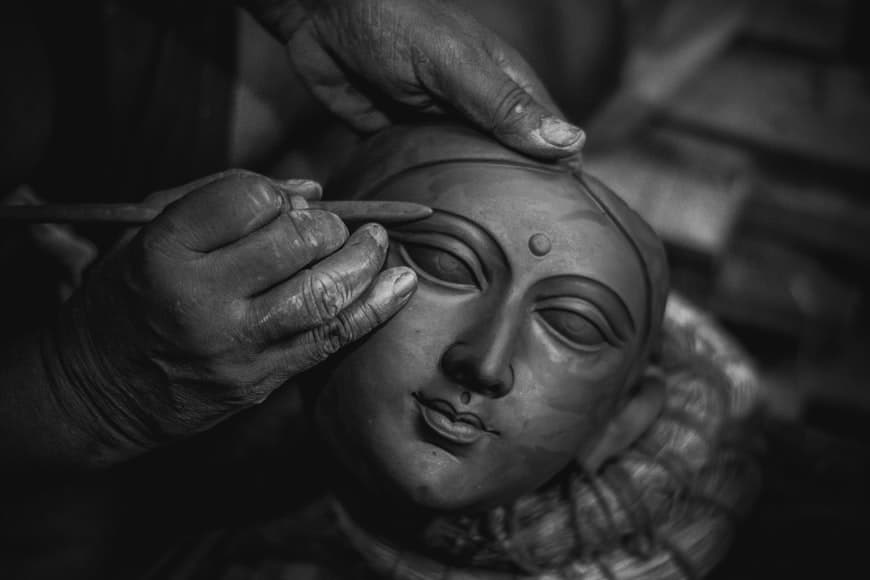
INDIA HAS BEEN A WONDERLAND FOR ALL FORMS OF ART SINCE TIME IMMEMORIAL AND STILL CONTINUES TO DO SO.
Indian art consists of a variety of art forms, including painting, sculpture, pottery, and textile arts such as woven silk. A strong sense of design is characteristic of Indian art and can be observed in its modern and traditional forms. From temples to mosques, forts and magnificent palaces, the centuries-long history of the nation finds incredible forms of depiction through its art.
Similarly, there are wide varieties, genres and styles of music, dance and drama forms indigenous to the country, all of which are strongly affected by other aspects of the Indian lifestyle, such as religion, history, tradition and even occupations. How the different forms of Indian art add value to the life of people here and the ways in which the practice and development of the same is connected to human beings overall is a fascinating subject to study and experiment as far as social constructs are concerned.
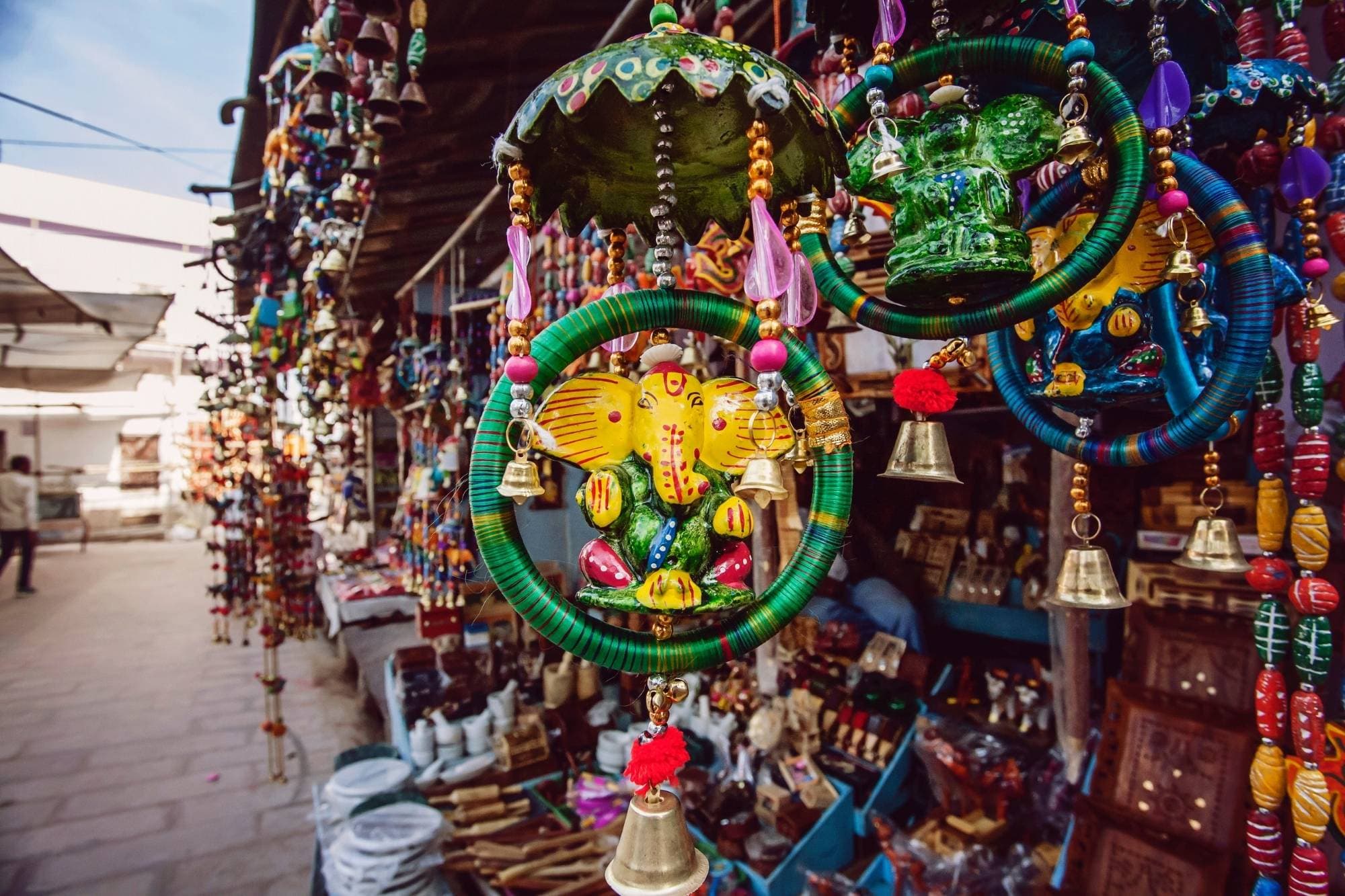
DEVELOPING MARKET ECONOMY OF INDIA.
The economy of India, which is characterized as a middle income developing market economy, is the world’s sixth-largest by nominal GDP and the third-largest by Purchasing Power Parity (PPP). The long-term gcustom-rowth perspective of the Indian economy remains positive due to its young population and corresponding low dependency ratio, healthy savings, and investment rates, increasing globalisation in India and integration into the global economy.
Such an economy also comprises of income groups of all sorts, from billionaires to the working class, and the relation between them and how they coexist have been subjects of extensive research and development in the context of understanding the society for decades and still continues to do so. Furthermore, it provides opportunities of experimenting on and evaluating a host of different social evils, such as poverty and homelessness, unemployment, the availability of public healthcare and so on.
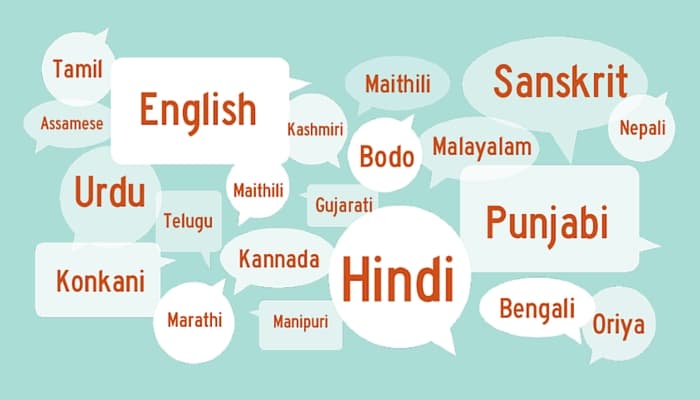
INDIA HAS NATIVE SPEAKERS OF SEVERAL HUNDRED LANGUAGES.
Which further belong to language families such as the Indo-Aryan, the Dravidian, the Austroasiatic, the Sino-Tibetan and the Tai-Kadai. Home to languages such as Hindi, English, Bengali, Assamese, Tamil, Telugu, Gujarati, Urdu etc., it has the fourth highest number of languages spoken in a single country in the world, and as such, the diversity in this case too serves as a great source of understanding and observing social structures.
Languages have formed essential parts of culture in India since ages, and they have been closely intertwined with races, customs and traditions of the people for centuries. These form excellent study areas in order to comprehend how the country as a whole functions and ‘thrives’; and opens doors to observe and attempt to eradicate social evils like racial discrimination, language discrimination and the like.

ENORMOUS WILDLIFE OF THE COUNTRY.
The wildlife of the country, which, again, is very closely associated with the geographical diversity of the country, can be characterized as highly heterogeneous in nature. India is a biodiversity hotspot with its various ecosystems ranging from the Himalayas in the north to the evergreen rain forests in the south, the desert sands of the west to the marshy mangroves of the east. India's forest lands nurture about 500 species of mammals and 2000+ bird species.
Because of rapid globalization and industrialization, the coexistence of such variety of flora and fauna and human beings has given rise to very interesting interactions occurring on a day-to-day basis in various parts of the country, and the ways in which these are interconnected and affect each other, especially in rural parts of the country, form the source of various relevant situations in the context of social studies.
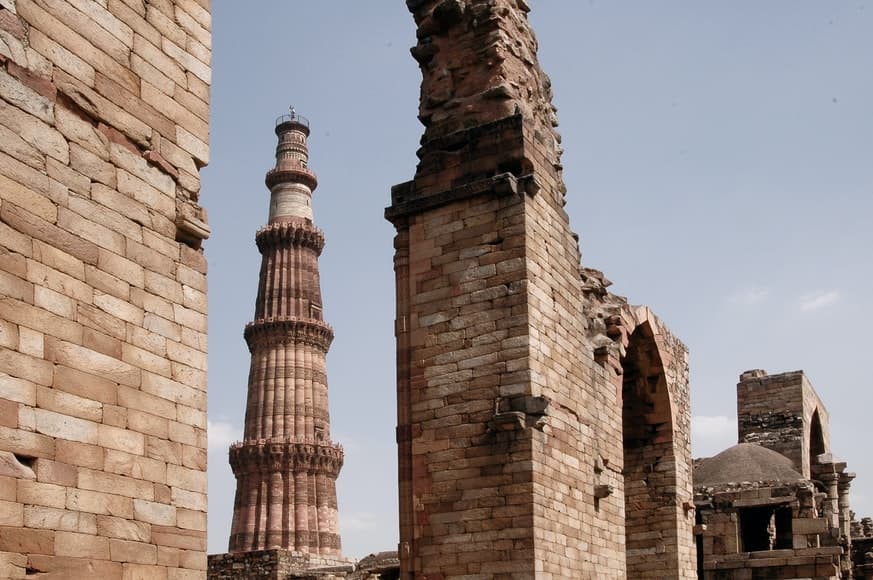
INDIA IS ONE OF THE OLDEST CONTINUOUSLY INHABITED COUNTRIES AND IS HOME TO ONE OF THE THREE MAJOR ANCIENT CIVILIZATIONS OF THE OLD WORLD – THE INDUS VALLEY CIVILIZATION.
It has witnessed numerous different reigns and periods of excellent scientific and cultural development through the ages, and the diversity of the country ‘transcends’ even into its past so to speak.
An existence of concepts of social structures such as Caste System is evident even in antiquity, and the dependencies between cultures, customs, religions, industries, autocracies and bureaucracies have been known to have existed even thousands of years ago as they do now. Such distinct characteristics provide opportunities of learning how civilization has changed over several hundred years in the subcontinent, and if it has done so for the better or worse and give rise to numerous social study cases that are extremely relevant to the present.
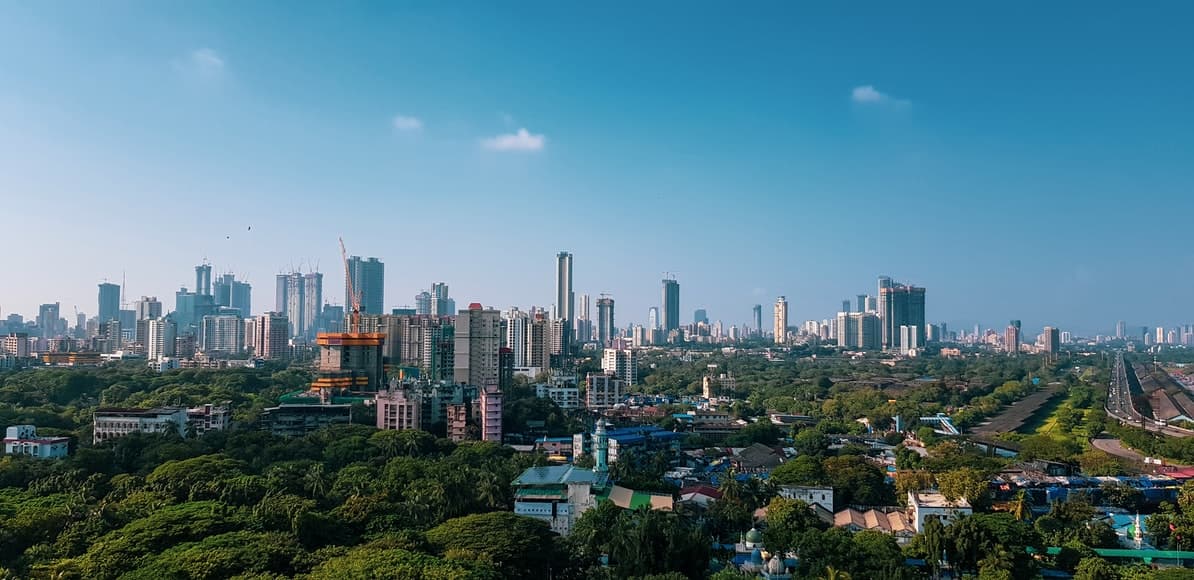
INDUSTRIES ARE ALWAYS CLOSELY RELATED TO ECONOMIES AND INDIA IS NO EXCEPTION TO THAT.
The various income groups in the country find employment opportunities in more sectors than one can probably list, a few of them being food and agriculture, drugs and pharmaceuticals, chemicals, construction, IT, telecommunications, oil and gas, mining and natural resources, tourism, automobiles and ground-breaking space technology.
The complex patterns of how each of these generate flows of income and how the same impact various parts of the society individually and as a whole give rise to numerous possibilities in terms of research and development. They also help understand how not only human beings, but also the environment, which forms as important a part of the ecosystem as the former, is impacted and offers opportunities of delving deeper into further deeply-rooted problems such as pollution, deforestation and climate change, all of which form causes of grave concerns and warrant immediate attention in today’s day and age.